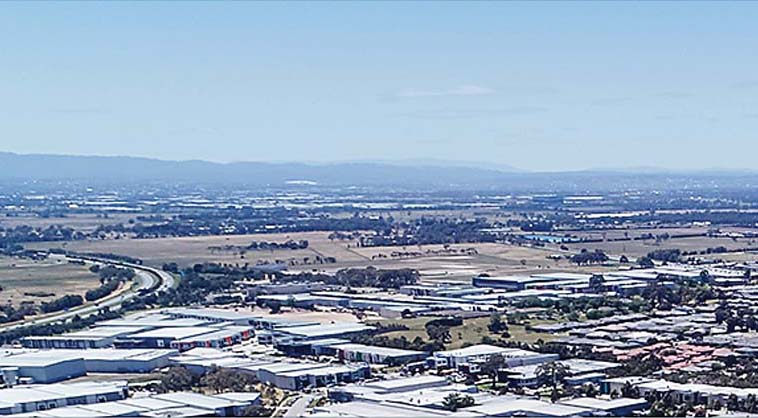
By Ginevra Hosking*
GROWTH of manufacturing jobs in Frankston City may stall this year with the last vacant land at booming Carrum Downs Industrial Estate sold within six weeks.
The last 40 blocks in Frankston’s economic engine room, which employs 8600 people, went on sale last May. Just four remain unsold.
This event marks a watershed moment for Frankston as decision-makers tackle the lack of employment in the municipality, which has only 31 jobs per 100 residents and, more than 13 per cent youth unemployment. The Carrum Downs estate has annual job growth 13 times greater than the regional average, and more jobs than Frankston’s CBD.
A recent Frankston Council study revealed 22 per cent of manufacturers were looking to expand their factories.
But we’ve run out of land for industry. Manufacturers won’t find suitable sites here and could be forced to leave Frankston, taking jobs with them.
Council missed a golden opportunity late last year to investigate expanding the industrial estate.
Council’s own consultants, Ethos Urban, had identified about 99 hectares of marginal grazing land immediately to the industrial estate’s north as feasible for expansion.
This parcel in the green wedge is adjacent to the sewage treatment plant and is “landlocked” by major roads – EastLink in the west, Thompsons Rd north, Frankston–Dandenong Rd east and Boundary Rd to the south.
At a time when we need action on climate change and jobs more than ever, council has decided to do nothing. Instead, councillors could address both issues by releasing land to expand the estate. This would enable building of a six-star, ecologically sustainable industrial park with integrated recycled water, energy and transport for use by clean, innovative, job-dense, high-tech companies.
With good planning, green corridors and canopy cover could be introduced to improve environmental value of the land. Its development could raise funds for protecting and improving other green wedges.
Council has effectively rejected planning for the long-term needs of larger high-tech manufacturing businesses.
Council’s mid-December debate about its employment action plan was farcical as the final report deleted funding and delivery timelines from the most important strategic action: to develop an industrial land use strategy with the view to expanding employment land. It was supplanted by a vaguer clause to “identify, assess and support the opportunity to redevelop key strategic sites within aged [existing] industrial precincts”.
Pockets of industrial land near Frankston’s CBD (Kookaburra Street) and at the old Nylex site and in Klauer Street, Seaford, would only be large enough for small enterprises, not manufacturing businesses looking to expand.
I believe council’s decision was made with inadequate information and was ill-considered; not based on evidence. Research to support a sound decision was requested but rejected.
Carrum Downs is booming. It is providing challenging, innovative jobs for Frankston’s young people, but there is no vision for keeping that growth going.
Council should release its complete industrial land-use precinct strategy, which has taken more than a year to prepare.
Modern industry is a world away from the dirty, dumb and dangerous activities of decades ago. Carrum Downs boasts an irreplaceable enclave of clean manufacturing by innovative, tech smart companies. It has access to Class A recycled water from Melbourne Water’s sewage plant. Water-intensive manufacturers would have unrestricted access to this sustainable resource. There is potential for closed system solar energy farming, too.
Expansion will keep local people employed locally instead of stuck in cars on congested roads.
Fast facts:
Frankston’s green wedge is 4500 hectares (11,000 acres), one-third the municipality’s total area, and it employs 202 people. Carrum Downs Industrial Estate is 285 hectares (700 acres), employs 8600 and produces $3.65 billion in annual economic activity, one-third of the municipality’s economy. Estimates show an additional 99 hectares of industrial land would bring 2820 more jobs and $1.7 billion in economic activity, but only reduce green wedge land by about 2 per cent.
* Ginevra Hosking is CEO of the advocacy group Committee for Greater Frankston.